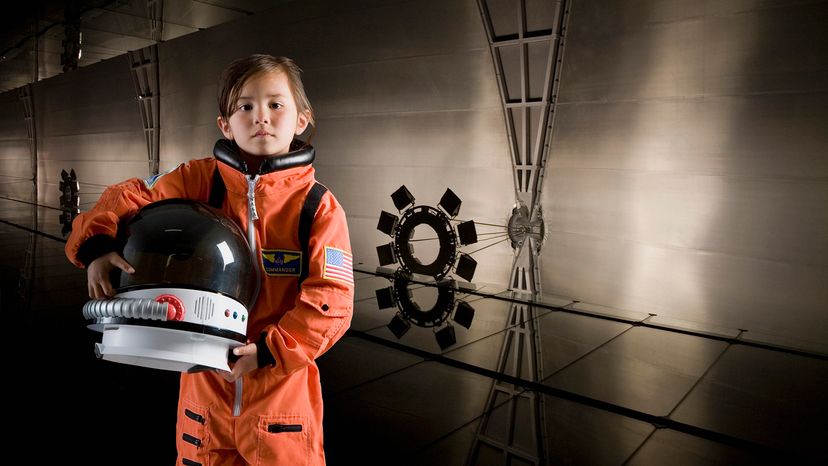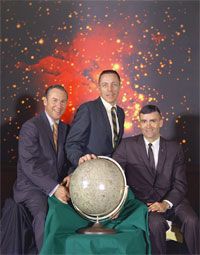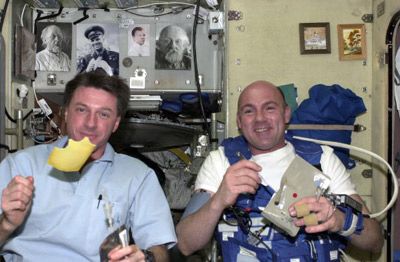NASA evaluates all of the applicants and narrows the list down to a small group of finalists. These finalists must complete a grueling week of personal interviews, medical screening and orientation to see if they have the right stuff to become candidates.
Astronaut candidates report to NASA's Johnson Space Center in Houston, Texas, for two years of training and evaluations. The training is designed to develop the knowledge and skills required for a formal mission to the International Space Station (ISS). Candidates receive instruction in systems and operations, training for spacewalks, robotics, operating a T-38 training jet and the Russian language.
Let's say, for a moment, you're one of those candidates who survived mandatory basic training. At the end of the two-year training program, you may be selected to become an astronaut. As an astronaut, you will continue generic classroom training on the various aspects of ISS operations that you started as an astronaut candidate.
Once you are chosen for a space mission, you will receive training specific to that mission. Long-duration missions aboard the ISS generally last from three to six months and require two to three years of preparation.
You will be expected to have detailed knowledge of the operational characteristics, mission requirements and objectives, and supporting systems and equipment for each experiment on your assigned missions.
NASA astronauts are expected to stay with the agency for at least five years after their selection (military personnel are detailed to NASA for a selected period of time). They are federal civil service employees (GS-13 to GS-14 grade) with equivalent pay based on experience. They're eligible for vacation, medical and life insurance, and retirement benefits.
In many ways, becoming an astronaut is no different than becoming anything else. It takes a great education, hard work and steadfast dedication. Unlike other professionals, however, astronauts have a much longer commute and a far better view from the corner office.


